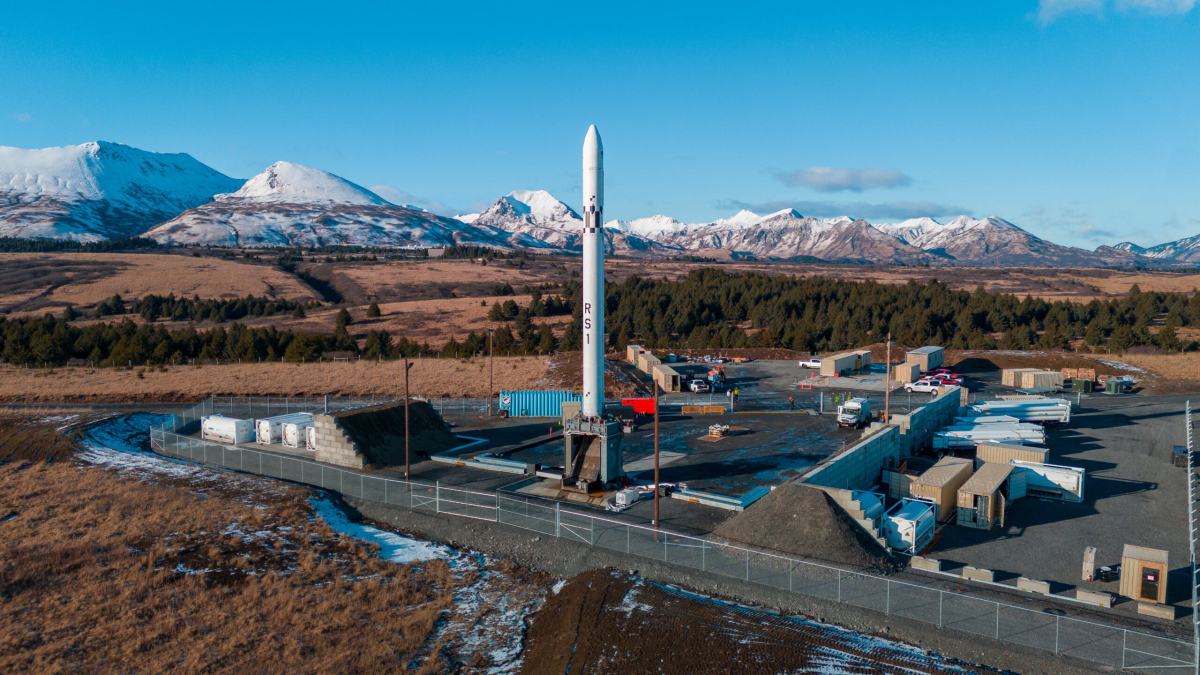WASHINGTON — Launch vehicle developer ABL Space Systems has laid off a significant portion of its workforce, citing the need to reduce costs after the loss of a rocket in a static-fire test.
In a post on LinkedIn Aug. 30, Harry O’Hanley, chief executive of ABL, said the company was laying off an unspecified number of people. He included the email he sent to company staff after an all-hands meeting to discuss the layoffs.
The layoffs came after the company’s second RS1 rocket was lost in a fire after a static-fire test at the Pacific Spaceport Complex – Alaska on Kodiak Island July 19. The company was in the final phases of testing ahead of a launch attempt when a fire broke out under the vehicle on the pad after an aborted static fire, eventually destroying the vehicle.
O’Hanley said in the email that the company had been working to reduce costs at the company even ahead of that test, citing changes in the market and access to capital. The company had raised several hundred million dollars, including $200 million in October 2021 and $170 million in March 2021.
“In 2021, the space industry – along with nearly every industry – was a red-hot market. We faced significant pressure to scale and capital was available to support it,” O’Hanley wrote. The company had originally planned to be a lean organization, “but to remain competitive we built a large organization capable of producing rockets at a high rate while we continued to tackle the challenges associated with launch vehicle development.”
Access to capital became more difficult in 2022, he wrote, as ABL continued development of the RS1. The company’s first test flight of the rocket, in January 2023, failed when a loss of power caused the first stage’s engines to shut down about 10 seconds after liftoff.
Hanley wrote that, starting in 2023, “we cut costs and positioned the company for leaner operations with smaller teams, restrained hiring, and more conservative spending.” That was working, he said, until the static-fire incident. “Through these efforts, we were able to get onto a good glidepath, but the recent staticfire issue knocked us from it.”
He did not disclose in the email how many people were being laid off, and the company did not immediately respond to questions about it. The company listed about 170 employees on its website as of late August.
O’Hanley said that the company, moving forward, will return its roots as a lean company. The reorganization would “reset the cost structure of the business to be sustainable in any environment” and give ABL “sufficient time to iterate and mature the technology.”
That includes, he said, an emphasis on mobility. The company has set up ground equipment that can be easily shipped to enable launches from locations with little existing infrastructure.
He did not indicate what the layoffs meant for the schedule for RS1. The company stated Aug. 26, when it outlined the cause of the statis-fire anomaly, that the next rocket was “well into production.” The ground equipment, known as GS0, was being shipped back to California for repairs and refurbishment.
“In 6.5 years, you designed a launch vehicle from scratch and got two rockets onto the pad. Few other teams have done that, let alone take on the scope that you did,” he wrote to departing employees. “Be proud of this work because nothing can ever strip these accomplishments from you.”
